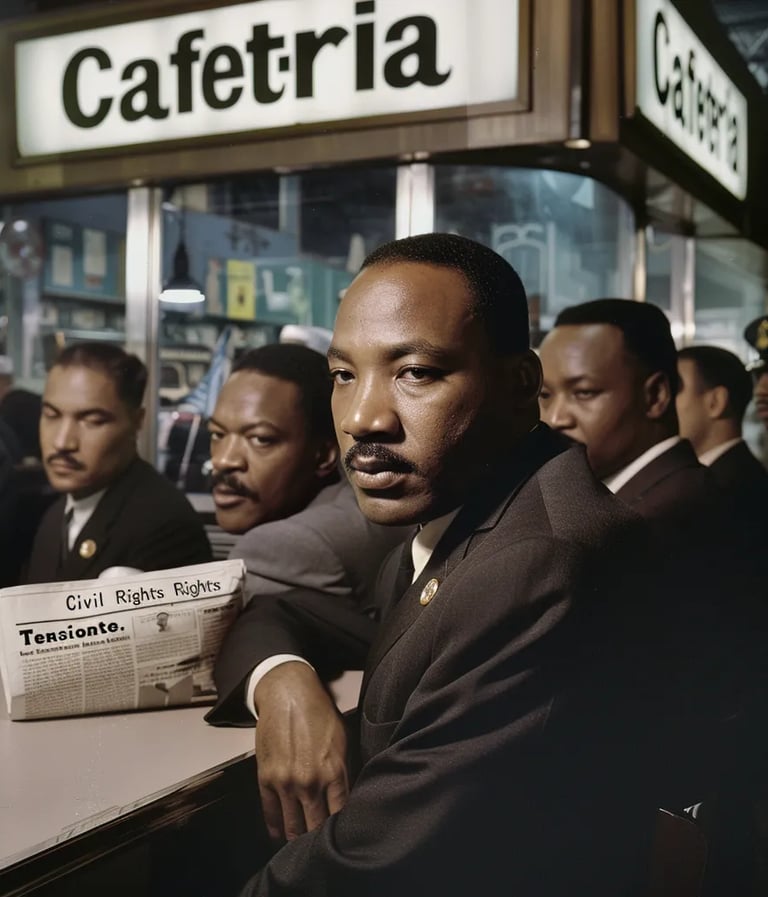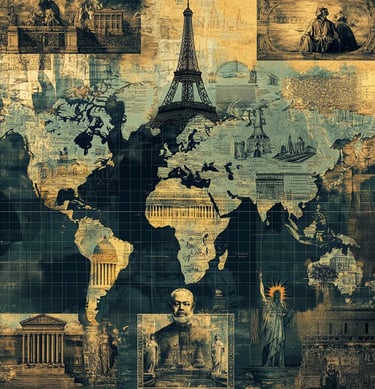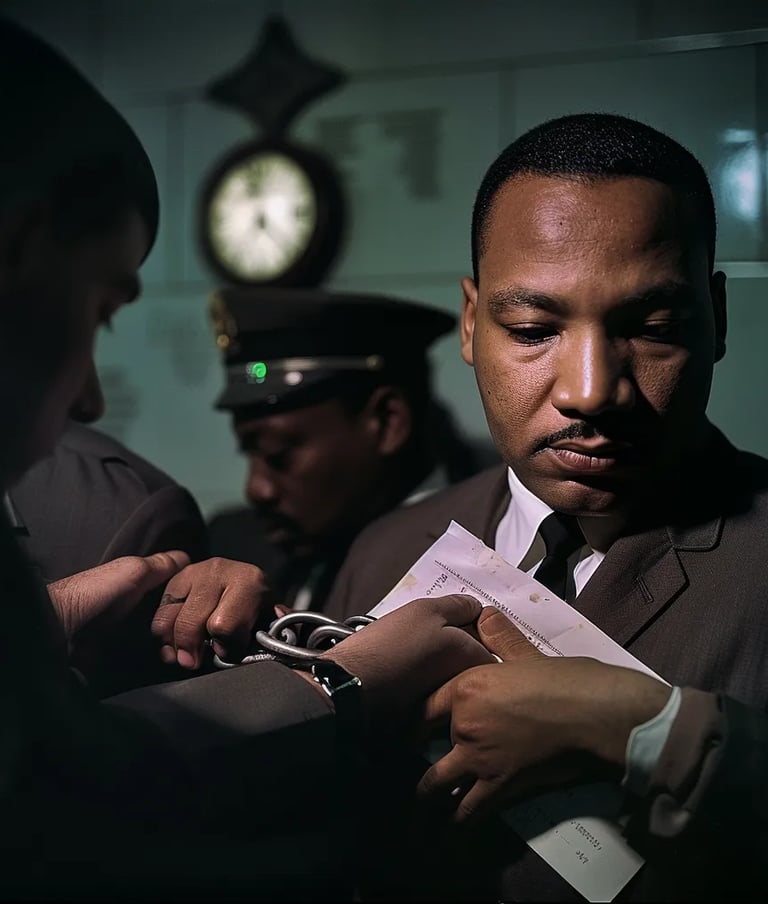On this day, the Roman general Scipio Africanus led his forces to a decisive victory over Hannibal Barca and the Carthaginian army at the Battle of Zama. This battle marked the end of the Second Punic War, securing Rome’s dominance over the Mediterranean. Hannibal’s defeat ended Carthage’s military power, paving the way for Rome’s expansion across North Africa.
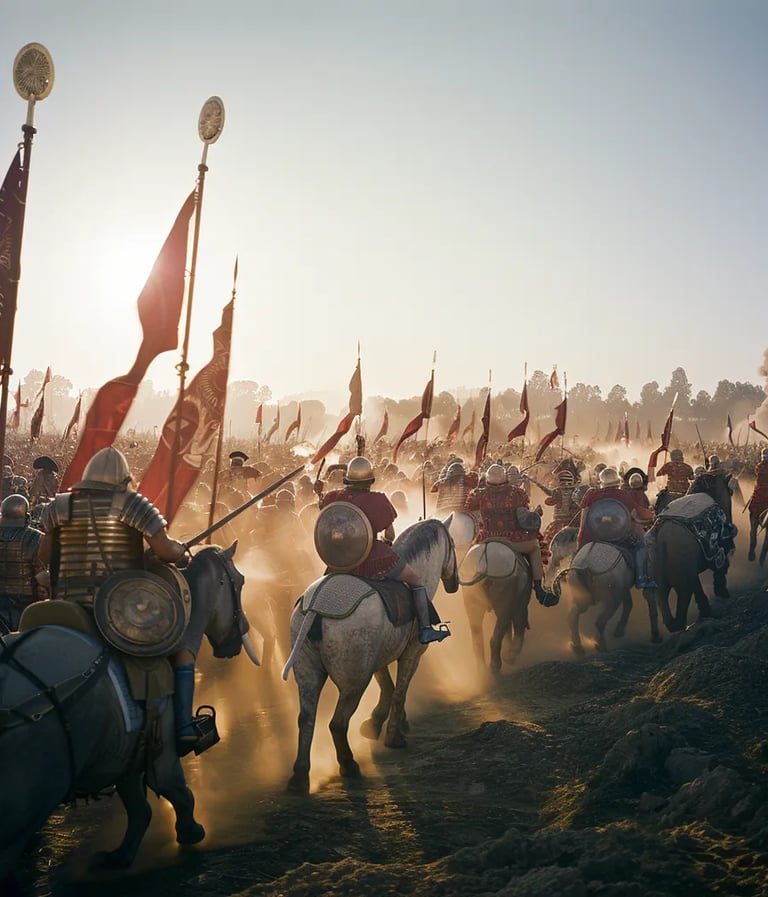

202 BC – Battle of Zama



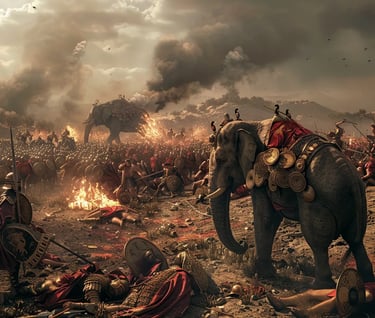
On its journey from Manila to Acapulco, the Spanish galleon San Felipe was wrecked near the Japanese island of Shikoku. This incident led to tensions between Spain and Japan, ultimately resulting in the execution of 26 Christians, later known as the Twenty-Six Martyrs of Japan. The event influenced Japan’s policy of isolating itself from foreign religious influence for centuries.


1596 – Spanish Galleon San Felipe Shipwrecked
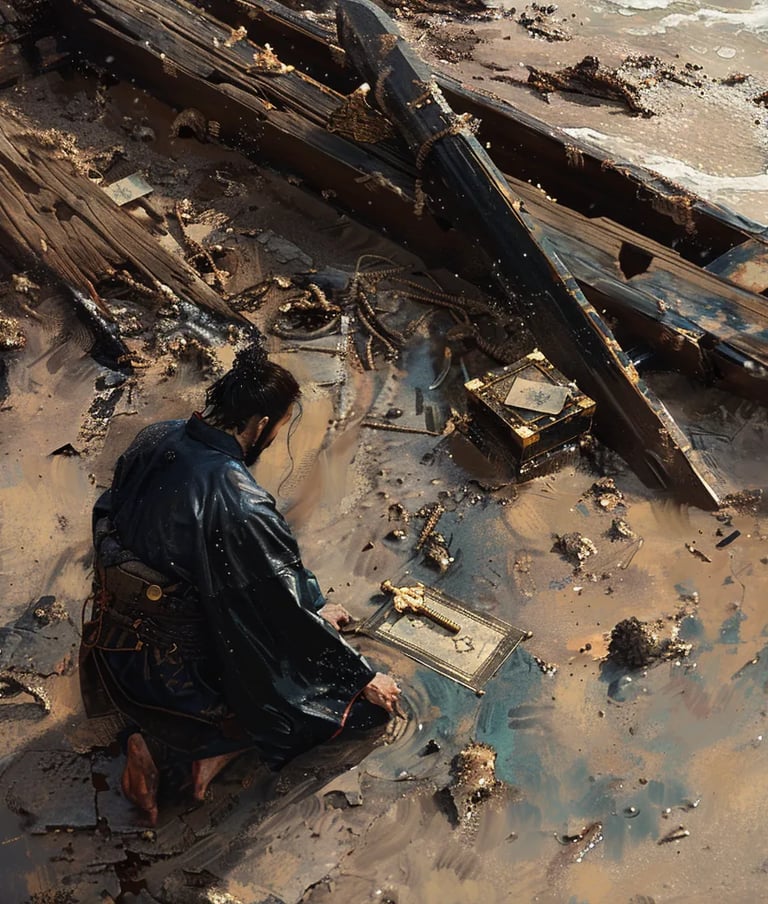

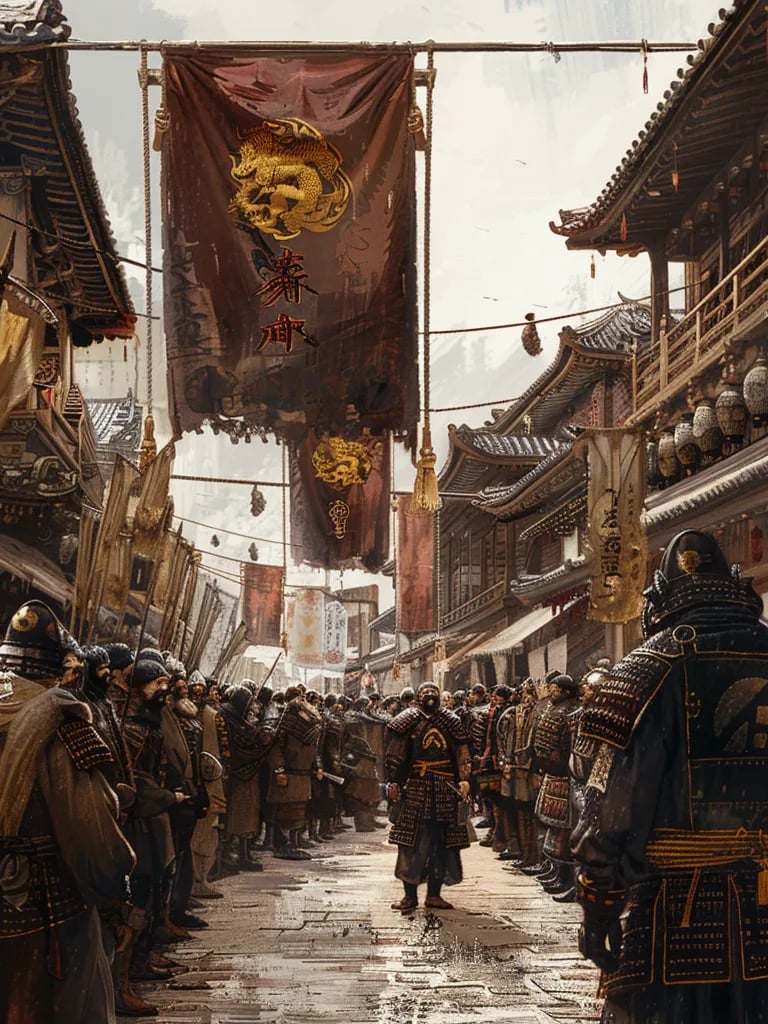

On October 19, 1781, British General Charles Cornwallis formally surrendered to American and French forces at Yorktown, Virginia. The surrender, signed at 2 p.m., effectively ended the American Revolutionary War. The victory by George Washington and Comte de Rochambeau forced Britain to negotiate peace, leading to the recognition of the United States’ independence through the Treaty of Paris in 1783.
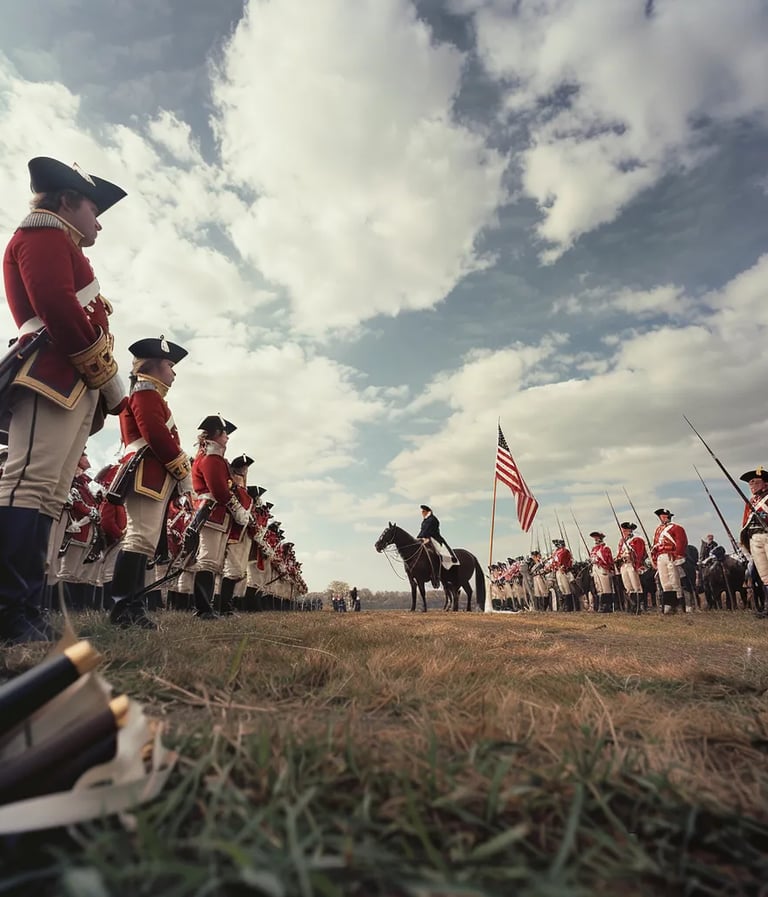

1781 – Surrender at Yorktown


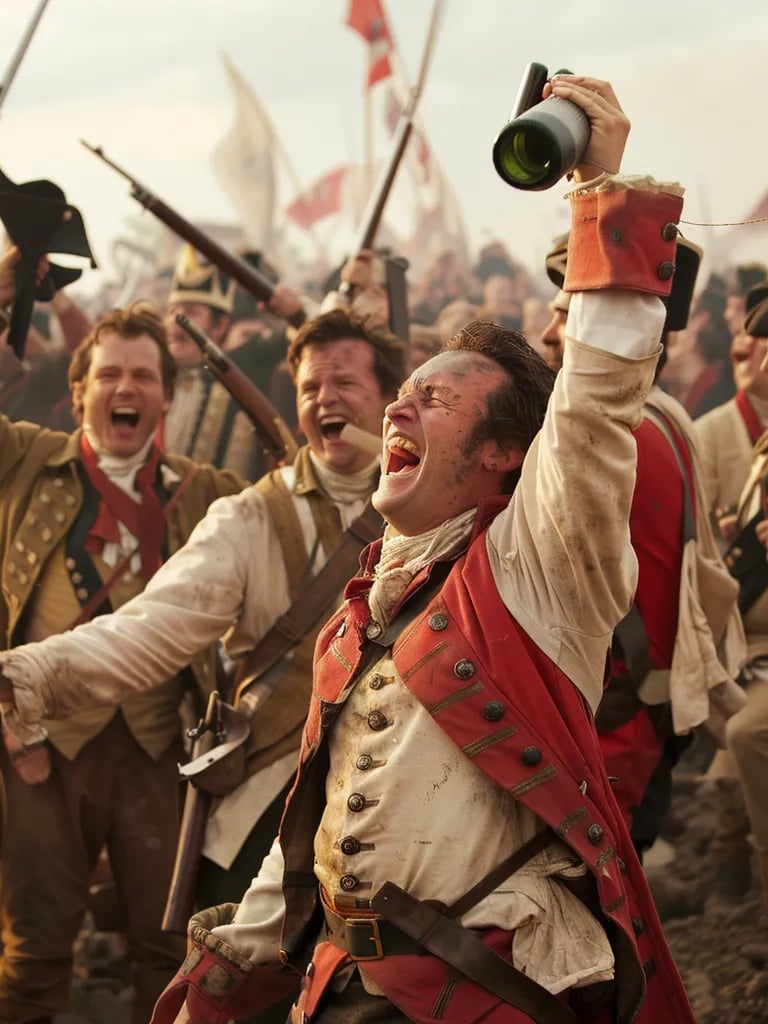

Napoleon Bonaparte’s campaign in Russia turned disastrous as his Grande Armée, once numbering 500,000, began its retreat from Moscow with only 100,000 soldiers. The Russian winter, supply shortages, and continuous attacks by Russian forces inflicted severe losses. The retreat marked a turning point in the Napoleonic Wars, leading to his eventual downfall and exile after his defeat in 1814.


1812 – Napoleon Begins Retreat from Moscow
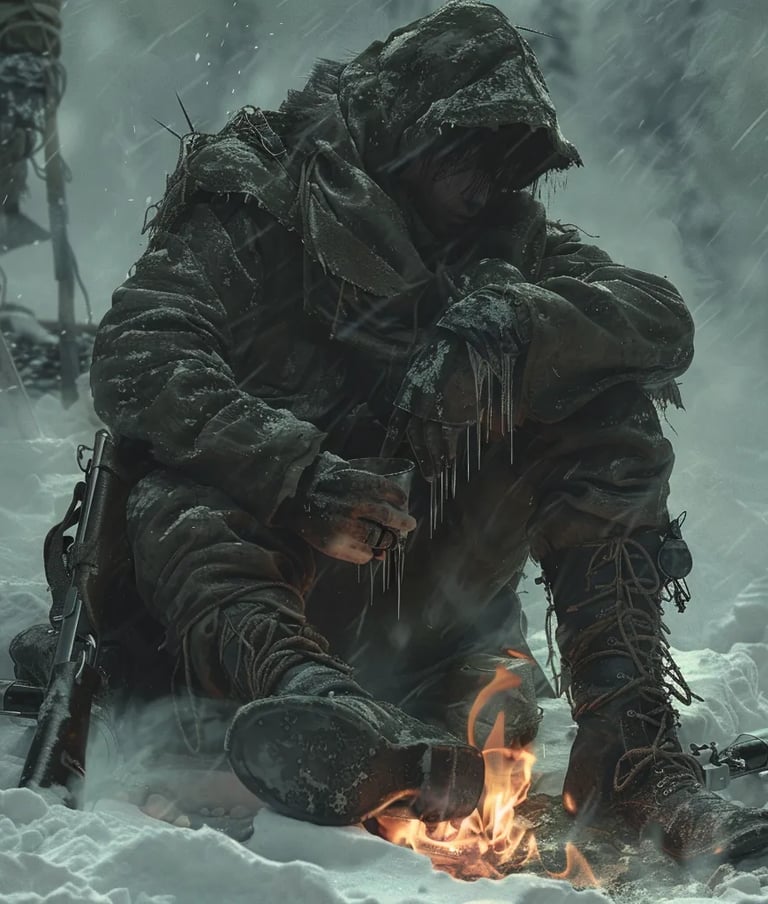

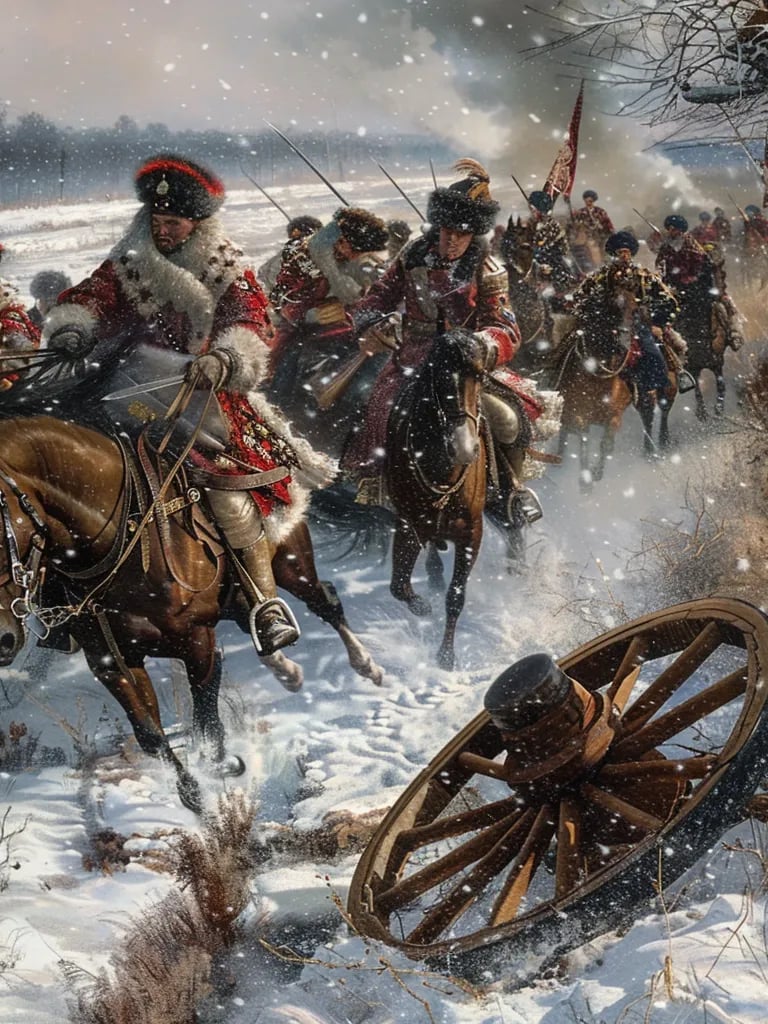

On October 19, 1960, Martin Luther King Jr. was arrested during a sit-in protest at a segregated lunch counter in Atlanta, Georgia. His arrest became a significant moment in the civil rights movement, drawing national attention to racial injustice. King’s imprisonment led to political debates, and his eventual release was influenced by growing public pressure and intervention from civil rights advocates.
